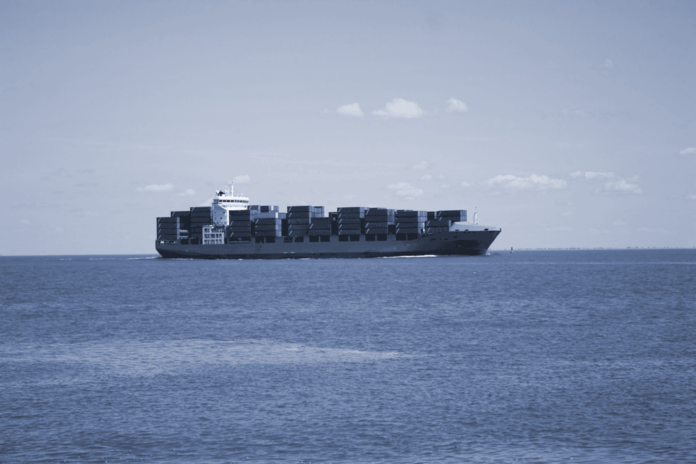
The outlook for seaborne trade is worsening as the world economy falters. Will congestion and longer trading distances prevent rates from falling? By Michael Hollmann[ds_preview]
The mood in the shipping markets has turned cautious, with the Russian invasion of Ukraine and inflationary pressure set to rein in global economic growth this year and next year. Worse yet, prompt demand for tonnage got hit by renewed lockdowns in China. Closures of factories and warehouses in the Shanghai region along with restrictions on inland transport are hampering the flow of goods with immediate effect, both in containers and dry bulk.
Time charter rates for bulk carriers saw quite a correction over the past four weeks, driven by losses in the Pacific from very strong levels during March. The Baltic Dry Index dropped by around 20 % between end of March and early April and it took until after Easter for a positive trend to kick in. By 21 April the loss month-on-month was narrowed to –13 %.
With the escalating Covid situation in China weighing down on activity in the east, the higher spot earnings levels for supramax and handysize bulkers in the Pacific began to crumble and slid below levels in the Atlantic for the first time in many weeks. At the same time, re-emerging tonnage demand in the US Gulf sent rates in that region on an upward trajectory again. Overall, rates for the smaller vessels are still comparably robust with the
Baltic indices showing average time charter earnings of 29,100 $/day for 58,000 dwt supramaxes and 26,500 $/d for larger handies (38,000 dwt) as this issue of HANSA goes to press. Panamaxes managed to contain their losses at –10 % chiefly due to elevated grain liftings and higher rates on the East Coast of South America while rates in the Pacific were under pressure.
Capes are struggling
Capesizes continue to struggle the most, showing their worst performance vis-à-vis the smaller bulkers in a long time. At 13,600 $/d their average earnings are only half those for handies and panamaxes. Brokers blame a lull in iron ore volumes from Brazil to China for the lack of momentum. Year-to-date shipping volumes for capesize bulkers out of Brazil are down more than 8 %, according to Clarksons Platou. During March, steel output in China was lagging levels one year earlier by more than 10 %.
General expectations for cargo growth have weakened following the recent revisions to world GDP forecasts. The IMF now expects global growth to slow from 6.1% in 2021 to just 3.6 % in 2022 and in 2023 which is 0.8 and 0.2 percentage points less than in its January World Economic Outlook update. Previously, the World Trade Organisation (WTO) had even lowered its world GDP forecast to just 2.8 % for 2022 while growth in global merchandise trade was reduced from 4.7 to 3.0 %. Both organisations justify their revisions with the direct and indirect effects of the war in Ukraine. Still bulk carrier owners hope that any slowdown in volume growth can be offset by ton mile increases due to trade shifts resulting from the war and sanctions. They hope for increased wheat volumes from Brazil and Argentina to the Med and more long-haul coal shipments from Russian Baltic ports and Murmansk to destinations outside Europe.
Turning point for shortages?
Meanwhile, sentiment in container shipping is cooling as well. The indications are that cargo volumes continued to fall since official data for February already showed a –5.6 % drop year-on-year in global loadings. Although port congestion has kept fleet utilisation high and the commercially idle fleet low (45 ships per 11 April), freight forwarders report a growing surplus of slot capacity in trades ex Far East (see »Viewpoint«).
Spot freight rates on Far East eastbound and westbound trades were dropping week by week lately although they remain historically high. Prompt demand for charter tonnage also slowed as liner operators stepped back to wait and see how the situation evolves. Analysts say that the next few weeks will be critical. If there is no seasonal upswing in trade and freight rates from May, the market might have gone into downturn.
















